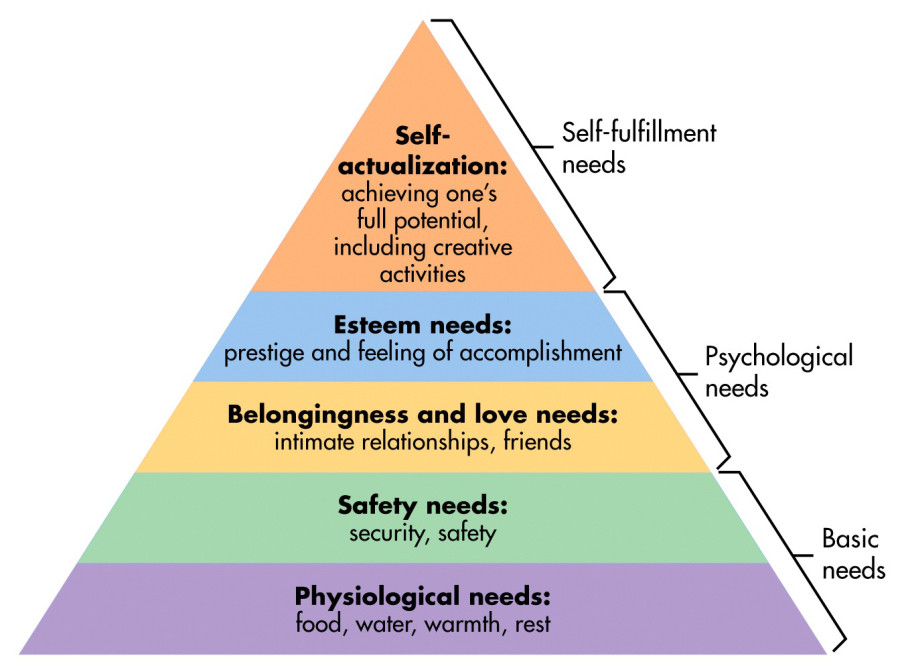
Sankhya yoga/Topic of knowledge(Chapter 2… continued)
In the last post, we saw karma yoga as prasada buddhi, and in the previous one we have also seen how one can figure out one’s priorities in life. The Indian way of classifying these priorities would be `Dharma, Artha, Kama, Moksha’. Most of our pursuits in life fall under artha and kama. Artha means the pursuit for a sense of security like job, financial independence, home etc, kama includes the activities we pursue for a sense of happiness, our relationships, and other desire-fulfillment etc .
Indian tradition lays a lot of emphasis on dharma. Why is dharma so important? Dharma is looked at from two angles, our life here and life in the hereafter. As far as `life here’ is concerned, all my pursuits can be achieved only if there is a rule of law. This rule of law, not necessarily enforced by the government but from the individual standpoint, is called dharma. I recognize that I don’t want to be hurt by somebody else, that my pursuits should not be scuttled by somebody else and, therefore, conversely, I should not be an obstacle to somebody else’s pursuits or happiness. I must live and let live. This becomes the base of dharma in the world. Therefore, at my individual level, dharma would mean the universal ethics we live by as human beings. This becomes very important in one of the definitions of karma yoga as we will see later.
The final pursuit is moksha. Why are we doing all that we do? If we really examine all our priorities, basically, we do everything to feel emotionally fulfilled. As we have seen in our introductory post in the story of Arjuna, we seek this fulfillment by acquiring power, money, position, relationships, families and a hundred different things, but at the end all that I really want to be is a happy, fulfilled being. Being this happy, fulfilled being is what moksha is about.
Swamiji , moksha is commonly understood as `liberation from the cycle of life and death’.
Moksha is technically presented as being free from the circle of life and death, because birth and death represent our total sense of helplessness, we have no control over either our birth or death. As we have seen earlier, moksha means freedom from my sense of limitation, my existential angst…that freedom is moksha. It means living as a happy, fulfilled being. So, if you look at all human pursuits, then artha and kama will be our immediate goals in life, dharma will be the basis on which I build up this structure of life and moksha will be the pinnacle of my achievement…to be happy and fulfilled. It means moving from being successful, which dharma, artha, kama are about, to fulfillment which is what moksha is about . This becomes the human pursuit in the vision of the acharya of the Gita , our rishis and the Hindu way of life as a whole.
Abraham Maslow’s psychological theory, popularly known as Maslow’s Hierarchy of Needs, in fact corresponds well with Dharma-Artha-Kama-Moksha. Maslow listed the human being’s needs and the same is represented in the form of a pyramid with Physiological Need at the base of the pyramid. Thus:

From the bottom up, physiological needs, safety needs, psychological needs, esteem correspond with Artha and Kama. As mentioned earlier, these must be obtained ethically i.e. within the framework of Dharma. Self-Actualization, what we call Growth, is the same as Moksha i.e. being happy and fulfilled, which is the final step.
**
